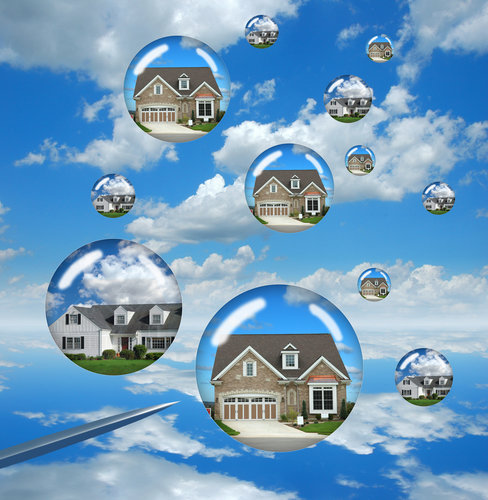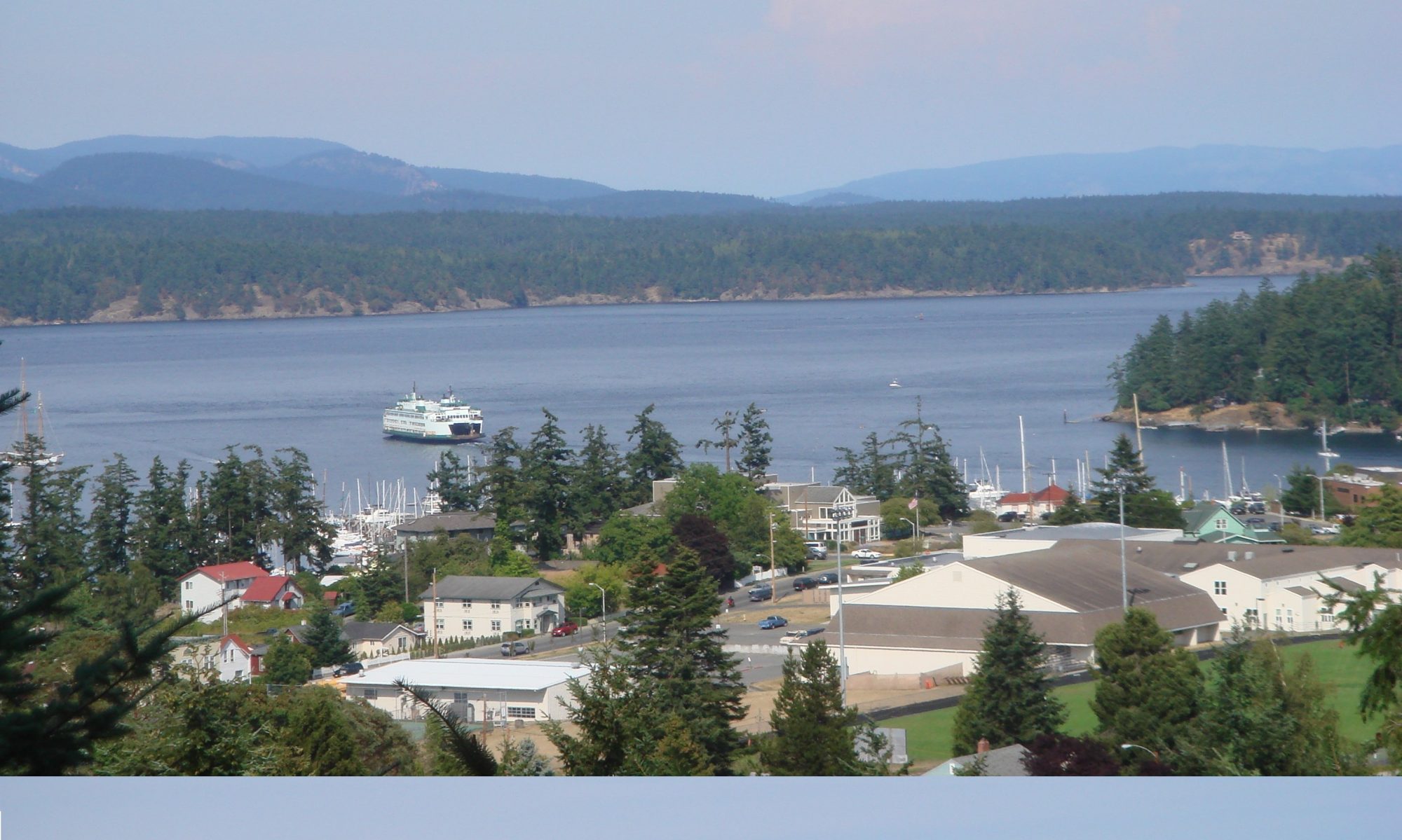
Don’t Fear The Bubble
Those in the market for a home in the greater Seattle market area can’t help but notice a half million dollars doesn’t buy as much house as it used to.
In the Seattle metro area, single-family home costs are up 13.3% from a year ago, and are rising at the fastest rate since the 2006 housing bubble, according to the Case-Shiller index. Nationally the home price growth rate is less than half of Seattle’s, at 5.6%. There is no single factor contributing to the sky-high prices; instead, a quartet of circumstances have been pushing prices upward.
The first is land, or lack thereof. A good portion of our region is covered by water; rivers, lakes, and Puget Sound. There are also growth management boundaries. This makes what land is available for housing more costly than in other parts of our country.
Next comes development; builders aren’t constructing enough homes to meet the demand for housing, in part because land has grown more expensive. Labor costs have also increased, which helps jack up the price of housing. The homes most builders are producing are well beyond most first-time home-buyers price range; few builders create “starter homes” anymore.
The third factor is people, lots of people. Seattle’s high-tech economy attracts thousands from around the world, and they all want to live in a nice place too. The increased demand for housing exerted by all the newcomers to the Seattle area is a key aspect of increasing housing prices.
All those new Pacific Northwesterners want not only a place to live, they want to move about, get to work or go to the store. This makes infrastructure the fourth factor. Commute times continue to creep upwards as more and more people use roads and bridges that can barely handle the steady increase in motorists. The housing market here for the past few years has shown home-buyers are willing to pay a premium to live in a location that is convenient for their lifestyle.
The term “housing bubble” has been bandied about ever since the real estate market took a nose dive ten years ago. Bubbles are pretty, but they pop. That was the case in 2007, when home prices skyrocketed, buyers were flipping homes using small or no down payments, and lending was out of control; if you could fog a mirror, you could get a loan. Are we about to see a repeat of the housing market crash of a decade ago? Most probably not: unlike 2006-2007, today’s lending industry has become quite stringent; respectable credit scores are now needed to purchase a home, and down payments are a must. Current mortgage rates are a full 2 percentage points lower than they were in 2007, i.e. you can now by 20% more house for the same payment.
The vast majority of local real estate agents and lenders do not believe a bubble is brewing. They know the conditions that brought about the last bubble before the recession, such as underqualified buyers being wooed into loans , aren’t in the picture anymore. Home loan data shows local buyers are showing good credit scores, handing over hefty down payments and paying their mortgages on time.
No one is quite sure what could even cause housing prices to move downward right now; would huge layoffs at Amazon, Boeing, and Microsoft do the trick? What about a building frenzy that suddenly floods the market with new homes?
There’s also a third, less mentioned and dull scenario for the market’s future: Somewhere between a bubble and continued exuberance…. The “flattening market,” with prices rising at a more normal rate — like 3% or so.
